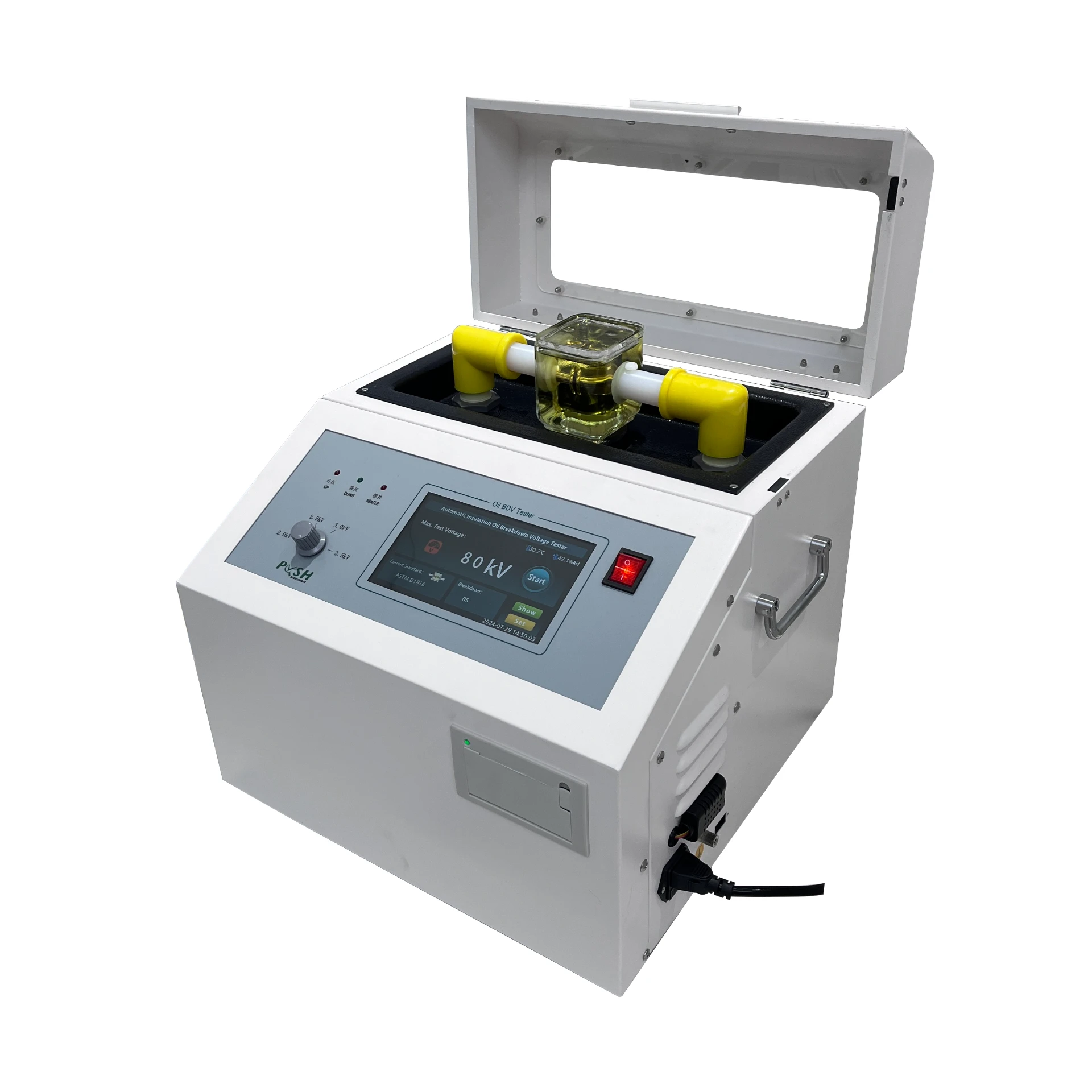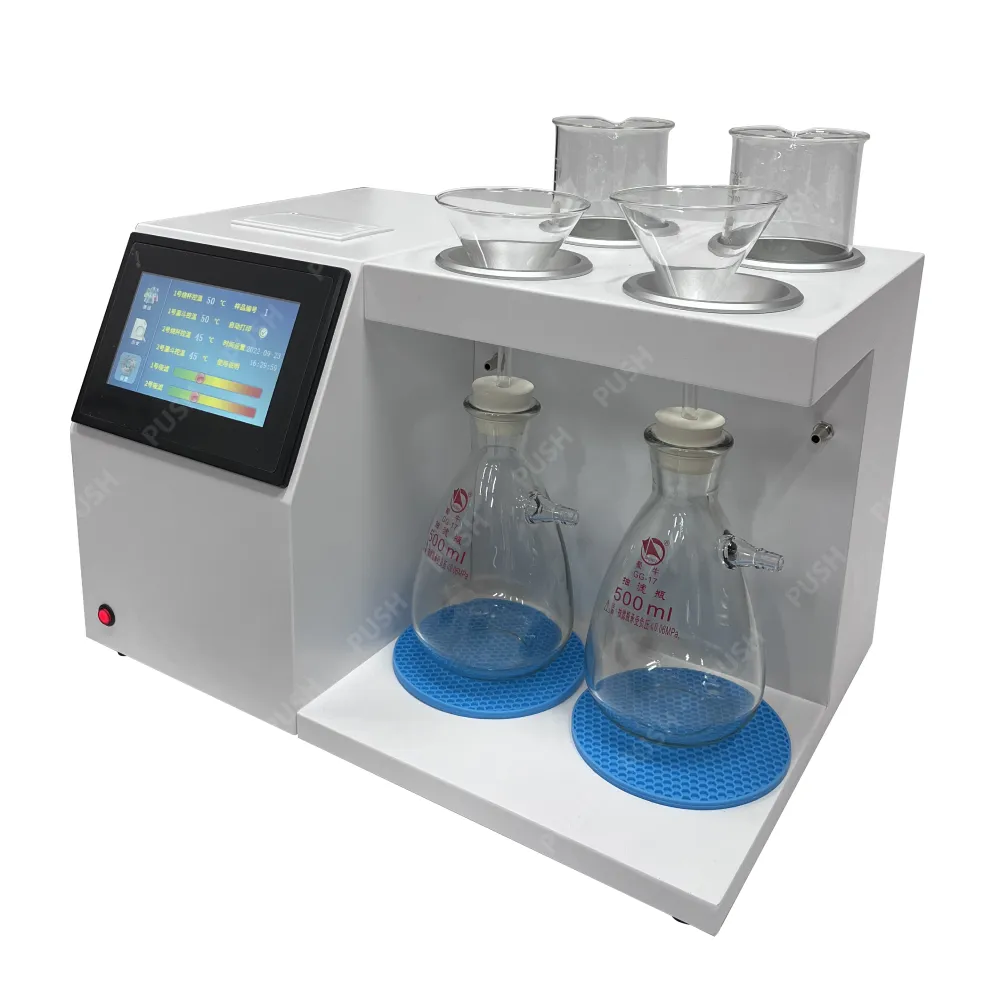TEL:
+86-0312-3189593
 English
English

Telephone:0312-3189593

Email:sales@oil-tester.com
2 月 . 16, 2025 14:01
Back to list
while installing transformer which tests are not performed
When embarking on the installation of a transformer, various complexities and stringent protocols outline the procedure. Amidst these processes, certain tests might remain overlooked, often due to time constraints, budgetary limits, or the assumption that they don't critically impact functionality. However, understanding these tests, even the ones not performed, is paramount for ensuring operational excellence and longevity of the transformer. Prospective challenges, technical insights, and recommendations form the crux of our exploration into transformer installation procedures.
In many cases, installers may not perform the frequency response analysis (FRA). FRA helps in identifying mechanical displacements in the transformer windings and assessing core integrity post-transportation. This omission, despite arising often from a lack of specialized equipment or expertise onsite, jeopardizes the detection of mechanical issues that could manifest into significant operational disturbances. Exciting current tests are another set of analyses occasionally disregarded. These tests are designed to check for abnormalities in the core, such as shorted turns or delaminating. They provide foundational data to compare against future maintenance tests. Overlooking such tests could miss early indicators of internal core problems that might exacerbate with time. Finally, despite its importance, the winding resistance test may be omitted due to the urgency to commission the transformer quickly. This test assesses the condition of windings and connections, offering insights into potential problems like poor contacts and winding failures. Neglecting this evaluation risks overlooking latent issues that could lead to unpredicted downtimes and costly maintenance interventions. In conclusion, while the immediate pressure to commission a transformer may tempt stakeholders to condense the range of tests, understanding the implications of non-performed tests is crucial. Ensuring these assessments are not just conducted, but are part of the standard operational checklist, reinforces a culture of meticulousness. Such thoroughness not only fortifies the transformer's functional reliability but also enhances the credibility of the engineers and organizations involved, rooting their reputation firmly in the foundations of expertise and trustworthiness. Prioritizing these tests can make the difference between a robust, long-serving asset and a transformer plagued with unforeseen issues.


In many cases, installers may not perform the frequency response analysis (FRA). FRA helps in identifying mechanical displacements in the transformer windings and assessing core integrity post-transportation. This omission, despite arising often from a lack of specialized equipment or expertise onsite, jeopardizes the detection of mechanical issues that could manifest into significant operational disturbances. Exciting current tests are another set of analyses occasionally disregarded. These tests are designed to check for abnormalities in the core, such as shorted turns or delaminating. They provide foundational data to compare against future maintenance tests. Overlooking such tests could miss early indicators of internal core problems that might exacerbate with time. Finally, despite its importance, the winding resistance test may be omitted due to the urgency to commission the transformer quickly. This test assesses the condition of windings and connections, offering insights into potential problems like poor contacts and winding failures. Neglecting this evaluation risks overlooking latent issues that could lead to unpredicted downtimes and costly maintenance interventions. In conclusion, while the immediate pressure to commission a transformer may tempt stakeholders to condense the range of tests, understanding the implications of non-performed tests is crucial. Ensuring these assessments are not just conducted, but are part of the standard operational checklist, reinforces a culture of meticulousness. Such thoroughness not only fortifies the transformer's functional reliability but also enhances the credibility of the engineers and organizations involved, rooting their reputation firmly in the foundations of expertise and trustworthiness. Prioritizing these tests can make the difference between a robust, long-serving asset and a transformer plagued with unforeseen issues.
Previous:
Latest news
-
Differences between open cup flash point tester and closed cup flash point testerNewsOct.31,2024
-
The Reliable Load Tap ChangerNewsOct.23,2024
-
The Essential Guide to Hipot TestersNewsOct.23,2024
-
The Digital Insulation TesterNewsOct.23,2024
-
The Best Earth Loop Impedance Tester for SaleNewsOct.23,2024
-
Tan Delta Tester--The Essential Tool for Electrical Insulation TestingNewsOct.23,2024





